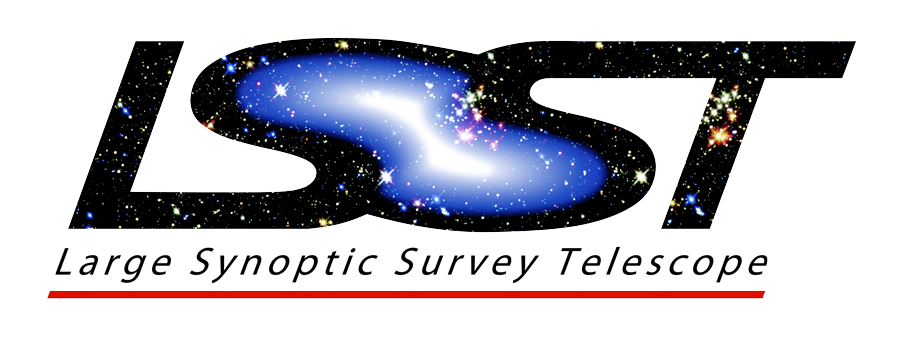Blending Workshop 7 - Solar System Objects, Crowded Fields, and Other Specialized Blending Challenges
This session seeks to foster discussion of more specialized blending challenges than have been discussed thus far in this workshop, including solar system science and crowded fields.
Blending presents somewhat different challenges for solar system science than for other areas of astronomy due to the fact that solar system objects move, and so difference imaging may very well solve most blending situations that may come up. However, there may still be challenges involving solar system objects and blending, such as distinguishing cometary activity (especially when associated with slow-moving objects) from blended background sources, and performing accurate photometric and morphological measurements of solar system objects moving across or close to background sources. This is particularly true early in the survey when faint stationary sources are less well characterized or when fields include partially saturated sources with poorly characterized point-spread-functions. Both of these will affect the quality of difference imaging analysis. We will also discuss how blending from solar system objects may affect other science areas, such as transient science.
Crowded stellar fields present other special challenges for deblending software, where iterative solutions are needed to find and model increasingly faint sources, and informative priors may be useful in regions where nearly all visible sources will be stars (such as in the galactic plane). These fields also share some of the same problems as solar system science, such as fields with a large number of saturated stars and the utility of (some nearby) moving objects decreasing the impact of blending if their motions can be properly accounted for. This session can also include a discussion of techniques for performing accurate photometric and astrometric measurements in crowded fields.
This session will provide an opportunity for those in the LSST community to consider whether blending-related challenges for their science (a) can be safely ignored, (b) are adequately addressed by de-blending algorithms being developed by other LSST community members for other science uses, or (c) require the development of science-specific tools to address -- and to discuss representative use cases with pipeline developers. Discussions of other specialized blending challenges are also welcome.
If you are interested in contributing to the session, please contact the session organiser Henry Hsieh.
Agenda
Overview of solar system blending cases -- Henry Hsieh
Solar system object astrometry in crowded fields -- Julio Camargo
Detection and astrometry of fast-moving objects -- Quan-Zhi Ye
Comparing the LSST standard pipeline and psf-fitting photometry in extremely crowded fields -- Veronica Dike
General discussion
Google doc for scribe notes (key findings, next steps, actionable items).
